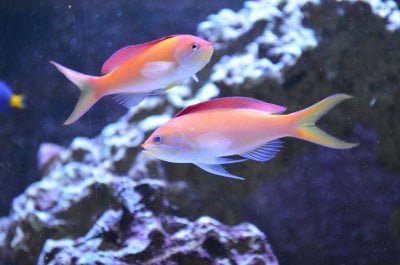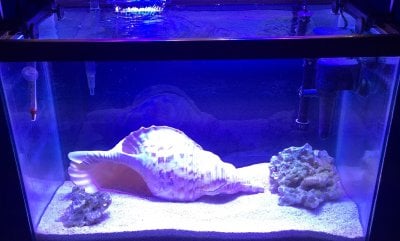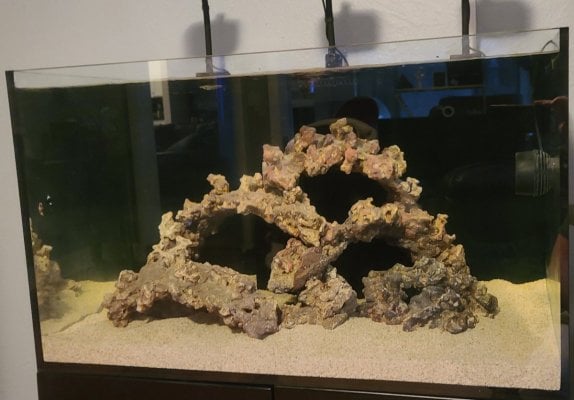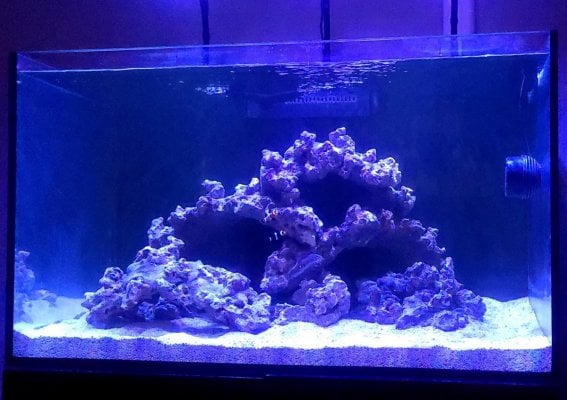vetteguy53081
Well known Member and monster tank lover
View Badges
Partner Member 2024
Excellence Award
Reef Tank 365
RGB
Article Contributor
Tampa Bay Reef Keepers
West Palm Beach Reefer
Hospitality Award
Ocala Reef Club Member
305 Reef Club
Wisco Reefers
Midwest Reefer
Fish Medic
MAC of SW Florida
Rock Pool Reef Keepers
R2R Secret Santa 2023
My Tank Thread
My Aquarium Showcase
What test kit are you using ?Update#3: Day 8. Still at ammonia 2.0ppm and everything else 0. Ph continues to bounce between 7.6 and 7.8. My temperature is right at 78 degrees, and salinity has remained constant at 1.025. I have not added any additional ammonium chloride, and have continued to dose the MB7, per the directions (figured I should follow the directions of 2 weeks to completion). I will continue checking all levels daily. But find it very odd that I have still yet to see any decline in ammonia levels. Even the dr. tims info says I should have seen levels decline at least somewhat by now.
























